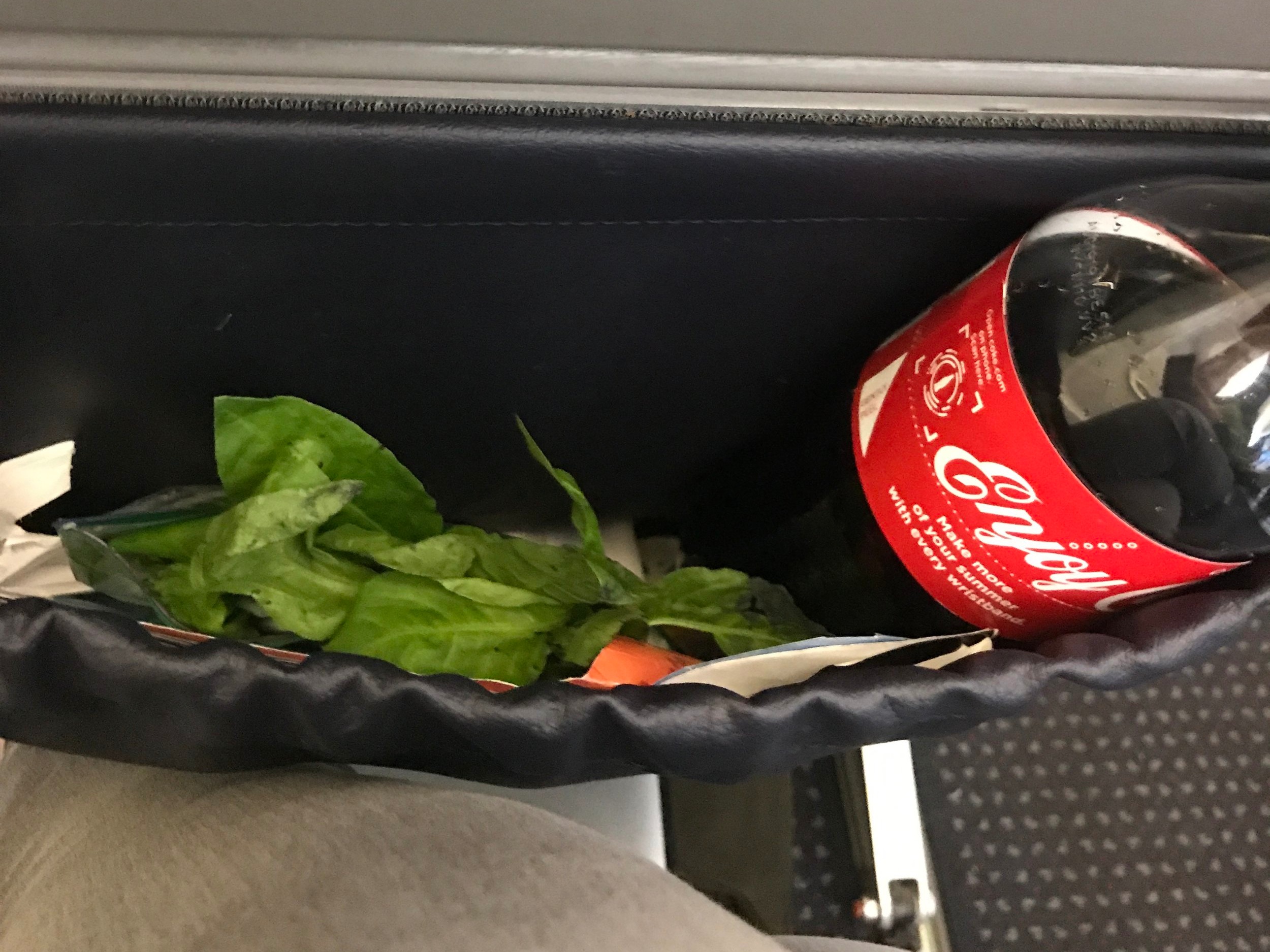Indigo, John Marshall, Singing the Blues
Last fall, I had a wonderful idea for a new piece based on a beautiful turquoise stone with a gold vein pattern. I planned to dye the warp for the piece in shades of indigo and use a variety of metallic threads for the inlay pattern. I also wanted to use the piece to explore 3D aspects of weaving. For once, I actually wove a sample. The result was that neither the 3D aspect nor the dyeing was anywhere near what I was envisioning.
I had used a combination of indigo and lac when I dyed the warp and, while I liked the purples from the lac, I felt like the blues from the indigo looked a lot like the blues that exist in old pairs of jeans (not the effect that I was aiming for). In addition, the resulting warp competed with the metallic threads in an unpleasant fashion. As a result, I put the project on the back burner until I could get some help with my indigo dyeing.
All of which leads me to the wonderful class I took with John Marshall at MAFA this summer. If you are into dyeing or Japanese textiles and you don’t know of John Marshall, you should. He trained in Japan for a number of years; his work is shown in a variety of galleries and museums; he has written several wonderful books; and, his textile collection is amazing. I can’t say enough good things about his depth knowledge and his ability to teach.
The workshop that I took with him at MAFA was called Singing the Blues. For 2.5 intensive days we covered indigo. We started with the plant; worked with the fresh leaves; covered techniques for extraction; worked with vats; discussed using soy milk to glue pigments; dipped fibers; and painted pigments. John provided wonderful samples of fabric and fiber for us to work with, and just about every tool we could want, including vials of colored pigment to use alongside the indigo. John also did a wonderful job of explaining the chemical reaction between the indigo molecule and oxygen, and how to work with the reaction in different stages to get the results that you want.
While I was in the class, I took the opportunity to over-dye my sample by dipping it into one of the vats. I was really pleased with the result. The deeper richer blue does a much better job of working with the metallic threads.
John had brought a large quantity of indigo plants cuttings with him, so we could use the fresh leaves for dyeing. This also gave us an opportunity to take some indigo cuttings home with us. I managed to keep the cuttings going by wrapping them in wet paper towels in my dorm room and carried them on the flight home with me.
Happily, they made it back to New Hampshire, and have now been transferred to their home for the rest of the summer.
I don’t expect to end up with enough fresh leaf to dye with. And, I’ve been told that planting them in a pot is not an ideal way to grow indigo. For now, I am just hoping that they flower so that I can harvest a bunch of seeds. Then, next year, I’ll clear out one of my raised beds to try and grow my first crop of indigo for dyeing.
In the meantime, I am working hard to clear my schedule of ongoing projects and commitments, so that this coming winter, I will have space to revisit my original idea for the sample piece using my newly acquired knowledge of indigo dyeing.




